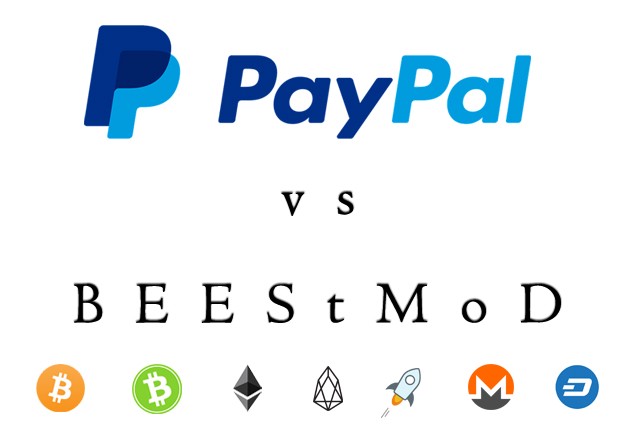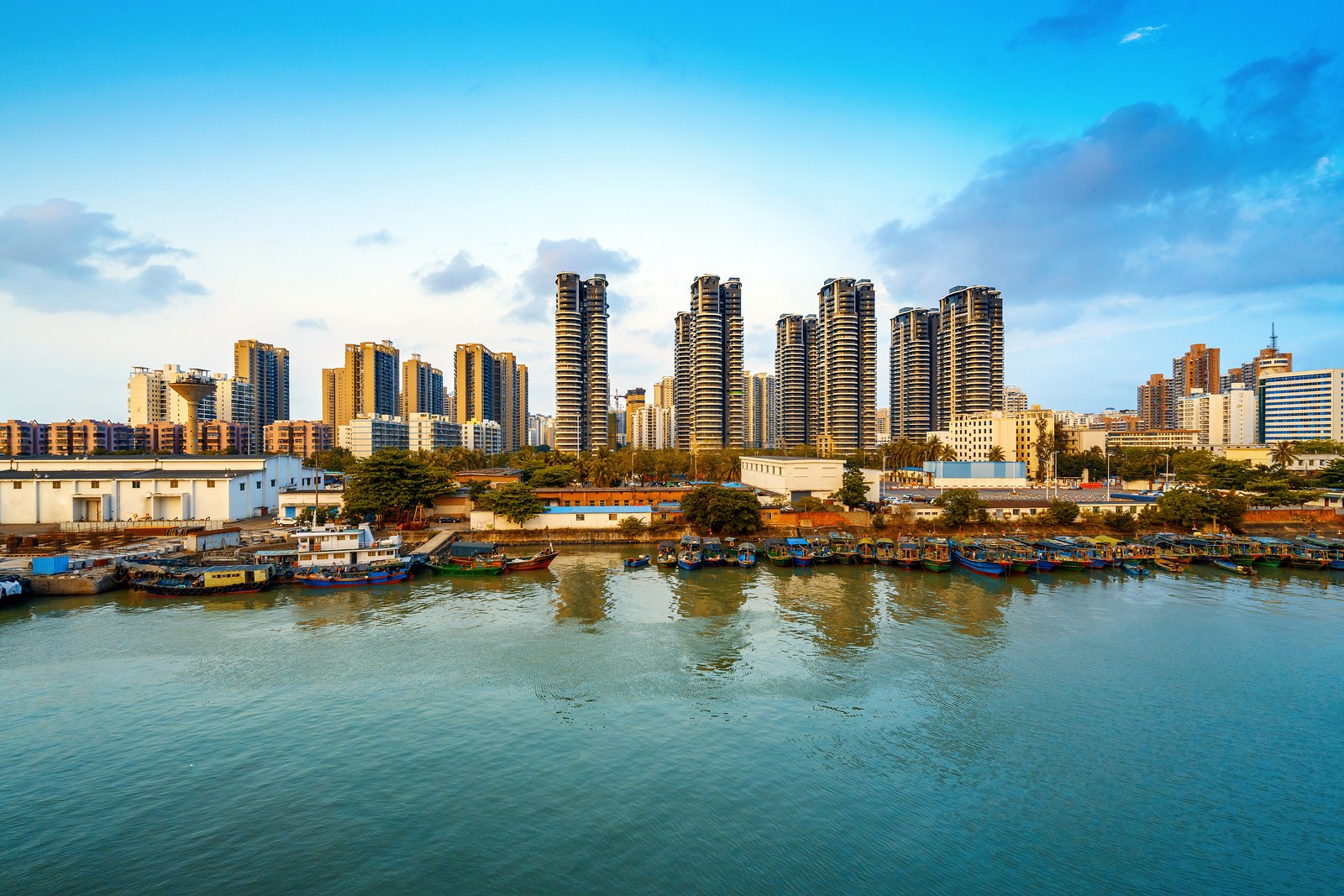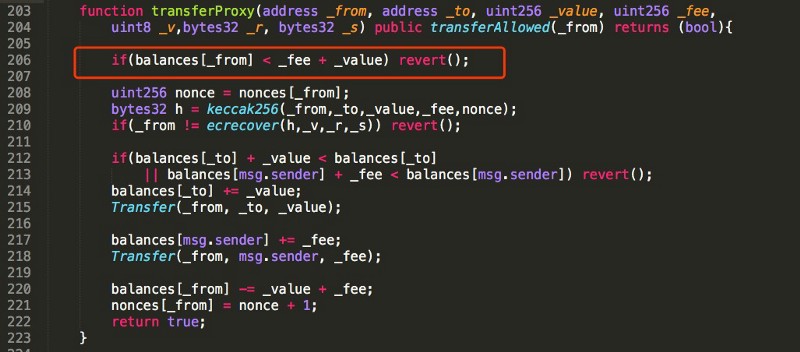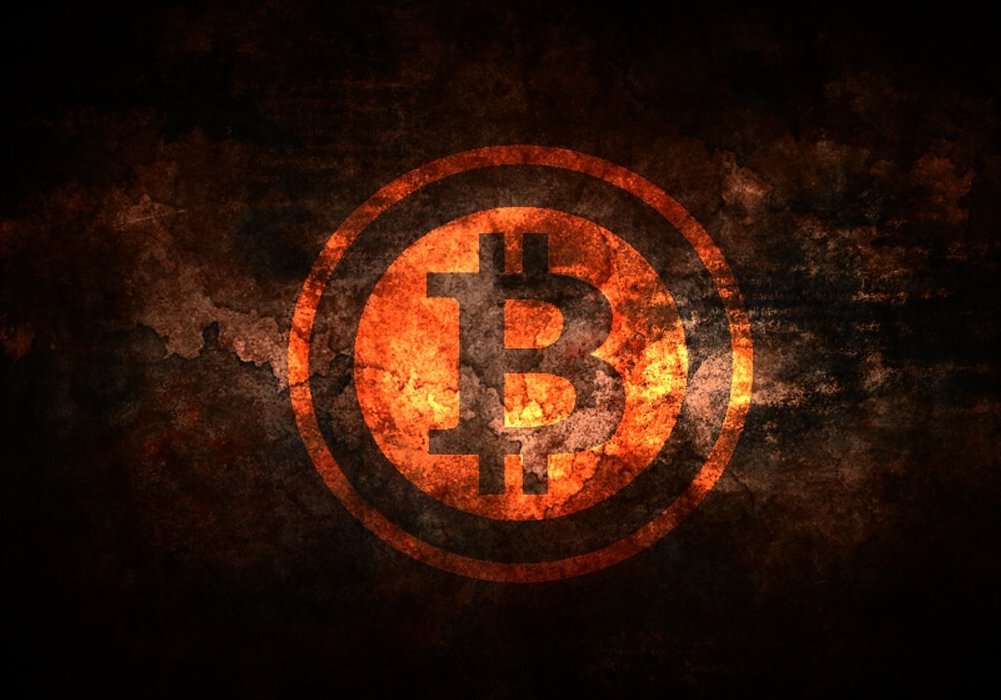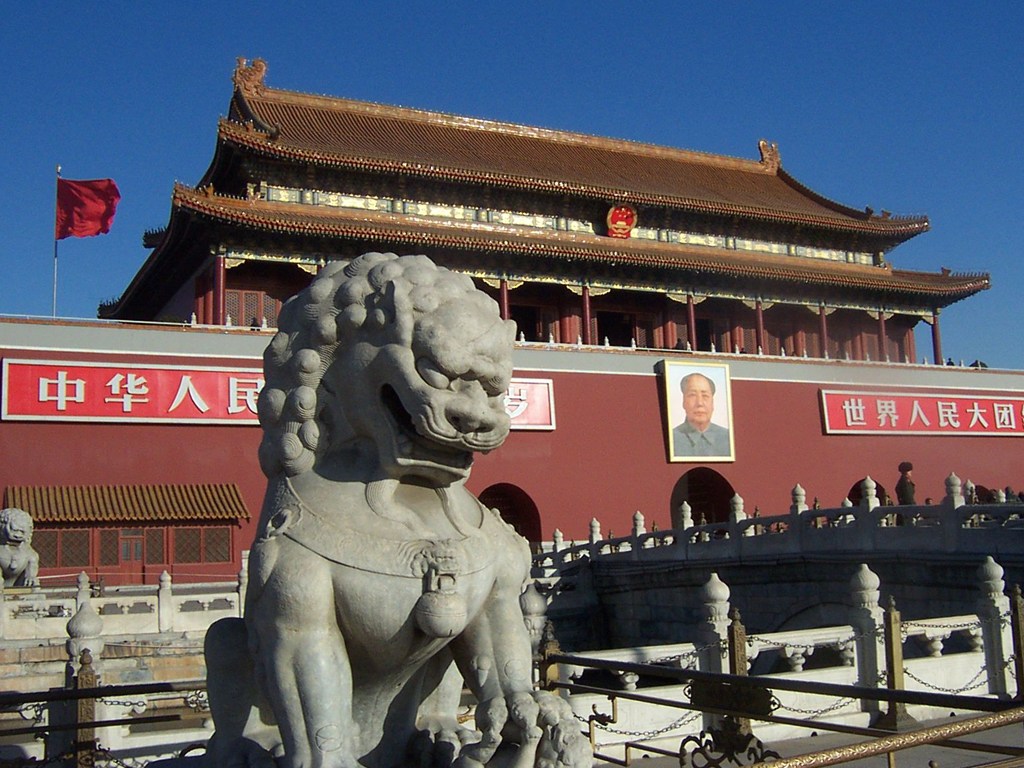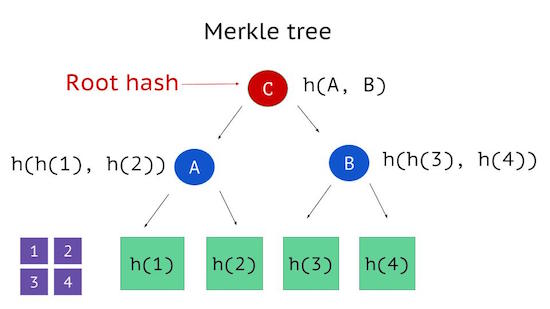A few years ago, PayPal made a splash by announcing that its users would be able to use the service to withdraw funds from Coinbase. It also put up a web page dedicated to extolling the virtues of blockchain technology. Crypto enthusiasts should look back on this moment with fondness, as it was a rare act of support from a payments industry famous for doing the exact opposite.
PayPal shareholders on the other hand should consider that moment with lament, as that was the moment when their company put its stamp of approval on the technology that will soon eliminate its reason for existence.
Of all the major companies in the cross-hairs of the BEEStMoD juggernaut, PayPal and fellow payment companies like Adyen and Transferwise are facing the most immediate threat. Not because cryptocoins are about to replace fiat money anytime soon (or ever), but because we are on the fast track to a world where payments are practically free.
All payments, in any currency.
I f that sounds hyperbolic to you, consider the case of the telephone industry. For most of the 20th century, charging people to talk on the phone was one of the most profitable businesses on the planet. Telco giants like AT&T made a fortune providing that basic service, until the Internet happened.
A telephone call is nothing more than an exchange of data — data that happens to be the human voice. In a world where everyone already pays for unlimited data via their ISP, it doesn’t make sense for them to pay extra for just one kind of data, not when they can get the same thing for free via Skype, Google Voice, WhatsApp or countless other alternatives. Today, Verizon Wireless, the biggest descendant of the AT&T monopoly, doesn’t even bother offering a voice-only plan.
Just as with a phone call, a payment is also an exchange of data, in one sense an even simpler exchange, because the instructions “pay Jane $5” contain less information than a conversation with Jane. But payments are a special kind of data, because security and consistency are of the utmost importance.
Until recently, the only way to ensure that security was through a series of intermediaries — banks, payment processors and the likes of PayPal — all of which took advantage of their position by charging fees. Those fees might look small on a per-transaction basis, but in aggregate add up to a massive tax on everything. The tax is so pronounced that it’s not unheard of for payment processors to make more money off the existence of an entire industry, like gas stations, than the industry itself.
Enter the blockchain. Despite the controversy surrounding the potential for cryptocoins to replace fiat money, one fact remains undisputed ten years after the invention of Bitcoin: the problem of fast, cheap and reliable payments without intermediaries has been solved. You can now send someone a payment as seamlessly as you would send them an email. You can make that payment in a cryptocoin, or you could make it using a tokenized version of your favorite central bank issued fiat currency.
As I’ve argued before, the first killer app on the blockchain might just be the US Dollar. The premise behind such products is as simple as that of PayPal. Some entity puts a bunch of dollars as collateral in a bank account, then issues tokens against them. As long as users are confident they can redeem those tokens for actual dollars, the tokens are free to be transacted quickly and cheaply on the infrastructure already built by BEEStMoD.
How cheap? A $1000 payment to a merchant using PayPal costs over $29. The same payment using a tokenized dollar riding the Ethereum platform today costs less than 20 cents. Not quite free, but a savings of over 99%. How’s that for disruption? Or an existential crisis for the $100b Wall Street darling that makes 90% of its revenues from transaction fees?
PayPal charges merchants both a percentage fee and a minimum per transaction fee, making it less competitive for large and small transactions alike. It also does things like tell its users what books they can’t read. Tokenized fiat money allows for greater freedom and anonymity for users, even if it’s not as decentralized as payments in crypto.
The only knock against products like Circle USDC, TrueUSD and Gemini Dollars is that their user interfaces tend to be a lot clunkier and harder to use than something as slick as PayPal’s Venmo service. But the history of payments tells us that users, and particularly merchants, are willing to go to great lengths to save on transaction fees, like when gas stations give you a significant discount if you pay via the clunkiest method of them all, cash. Once more companies start seeing the savings of tokenized fiat, better interfaces won’t be far behind.
Source/More: The Looming Existential Crisis for PayPal – omid.malekan – Medium

